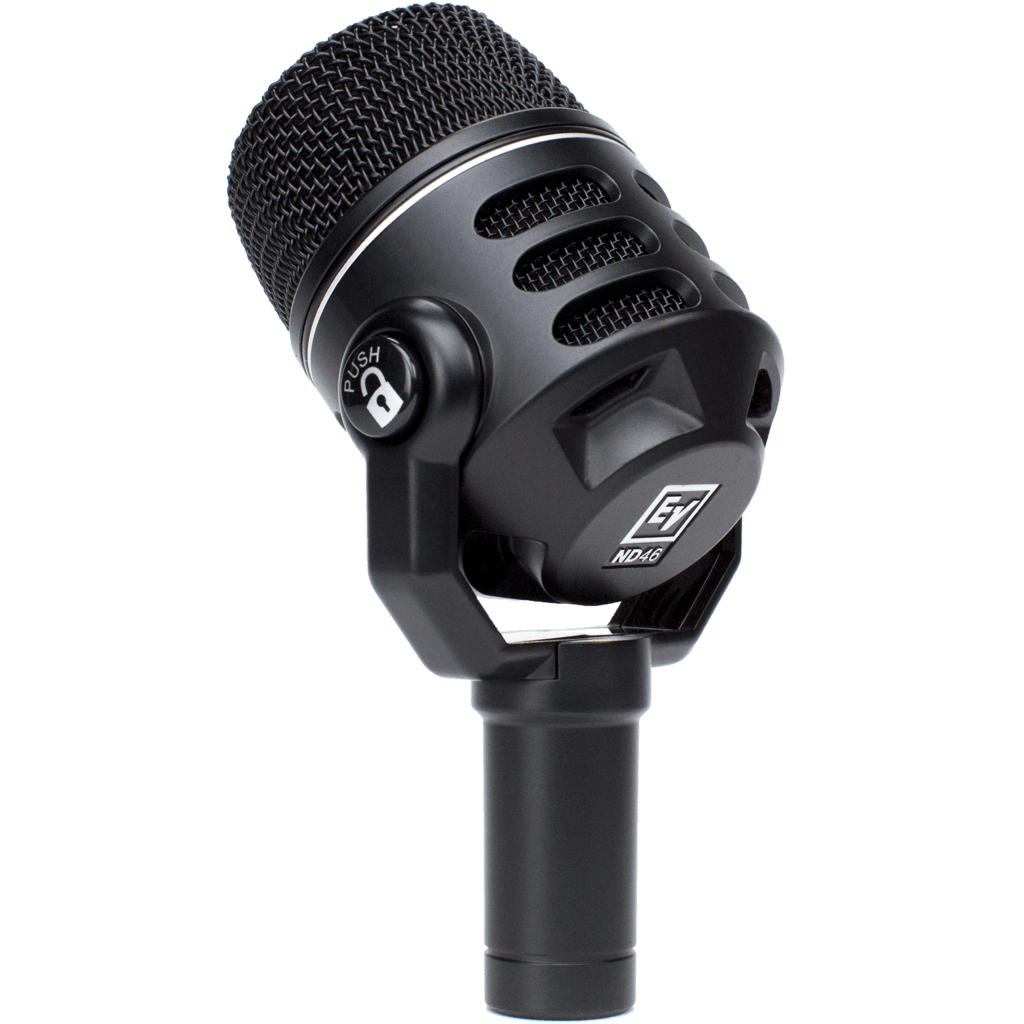

Electro Voice Microphone Serial Numbers List

Electro Voice Microphone Serial Numbers List
I've got an old Electro Voice Model 635 mic, (Serial # B2312,) that's been hanging around so long, I'm no longer sure exactly when or where I got it. It's possible I got it from my father. It certainly looks like something out of the '30's or '40's! Mac os x version 10.5 8 free iso. Fleetwood morgan travel trailer manual. Proaudioguy, The Electro-Voice speaker used by (Paul Rivera for) Fender in the early 1980s was the EV I-10 (Model Numbers 1810-0276 or 1810-0942). It was an 8-ohm speaker weighing about 12 pounds. Translator heartbeats triggers flac free. It was the OEM version of the (retail) Force 10, but without fancy emblems or push-in-to-connect terminals. 1940 Electro-Voice introduces the noise-cancelling microphone to the military, which revolutionizes tank and aircraft communications. In the aftermath of World War II, the company is awarded a Congressional Citation for this important contribution to the war effort. Electro-Voice 'Century' crystal microphone, model 915. On September 1, 1927, Lou Burroughs and Albert R. Kahn began a small business called Radio Engineers, servicing radio receivers in the basement of the Century Tire and Rubber Company in South Bend, Indiana. Mercury 911 Microphone/PU Electro-Voice Inc.; USA, build 1950?, 5 pictures, 3 schematics, United States of America, tubes, semiconductors, Microphone.
Electro Voice Company
From its humble beginnings, the company has evolved. Some of its 'milestones' are:
1927 The company was founded by Al Kahn and Lou Burroughs in the basement of the Century Tire and Rubber Company in South Bend, Indiana as Radio Engineers.
1930 Kahn and Burroughs develop a public address system for Knute Rockne, the football coach at Notre Dame University. Rockne uses the system to address his team during drills on 4 adjacent fields. He calls the system his 'Electric Voice.'
1934 EV invents the hum-bucking coil, allowing microphones to be used close to lights and other electrical devices without hum. This design element is still used by nearly every company today.
1940 Electro-Voice introduces the noise-cancelling microphone to the military, which revolutionizes tank and aircraft communications. In the aftermath of World War II, the company is awarded a Congressional Citation for this important contribution to the war effort.
1954 EV introduces Variable-D microphone technology, a means of minimizing the up-close bass boost inherent in single-D directional microphones. Variable-D improves vocal intelligibility for live sound, recording and broadcast applications.
1957 EV invents the stereo magnetic phono cartridge.
1963 EV receives an Academy Award---the first ever for an audio product---from the Academy of Motion Picture Arts and Sciences for the development of the 642 Cardiline shotgun microphone. This product significantly advances the quality of sound on film.
1970 EV becomes the first company to widely adopt the philosophy of Australian physicists Thiele and Small and use vented low-frequency enclosures. Enclosures built using these criteria have deeper bass response and lower distortion than horn designs and higher sensitivity than sealed systems.
1974 Electro-Voice develops constant-directivity (CD) horns, which allow a loudspeaker to maintain its coverage angles over a wide frequency range with more uniform sound quality.
1986 EV revolutionizes concert sound reinforcement by introducing Manifold Technology. Manifold Technology allows the combining of the outputs of multiple drivers into a single horn or low-frequency enclosure without destructive interference. The result is a physical package that is a fraction of the size with much greater acoustic output capability.
1997 EV invents Ring-Mode Decoupling (RMDTM), a revolutionary approach to minimizing acoustical and mechanical resonances in loudspeakers. Speaker systems with RMD have improved clarity and resolution, especially in the vocal range.
2000 EV introduces VOBTM technology, an innovative mechanical design that significantly reduces proximity effect and improves vocal intelligibility in single-D microphones.
2000 EV introduces ClearScan wireless technology that enables automatic scanning and selection of UHF channels.
